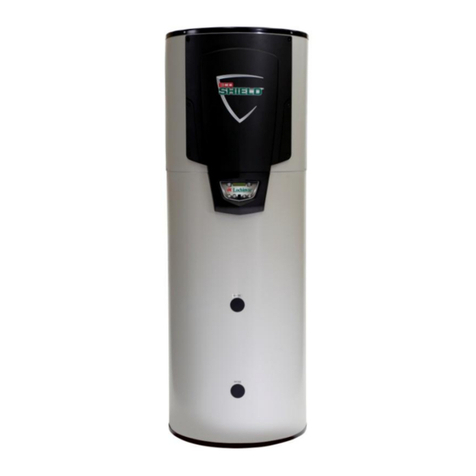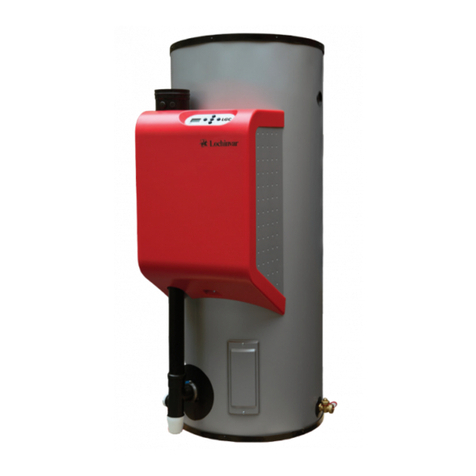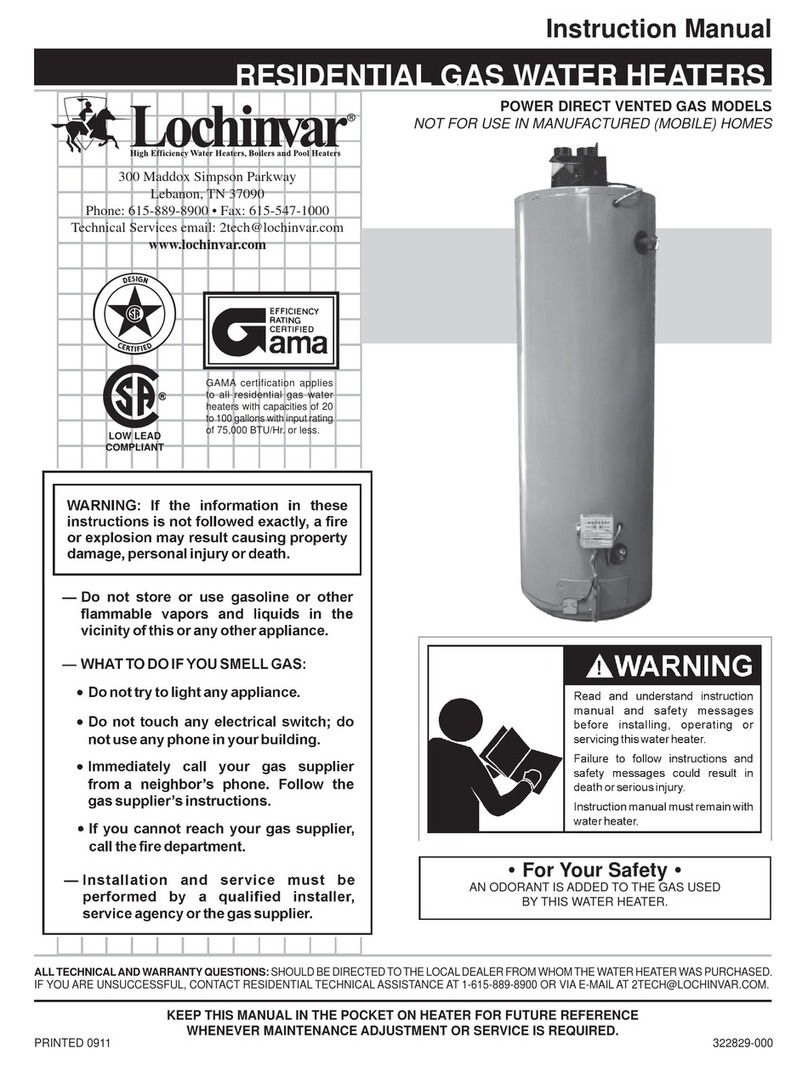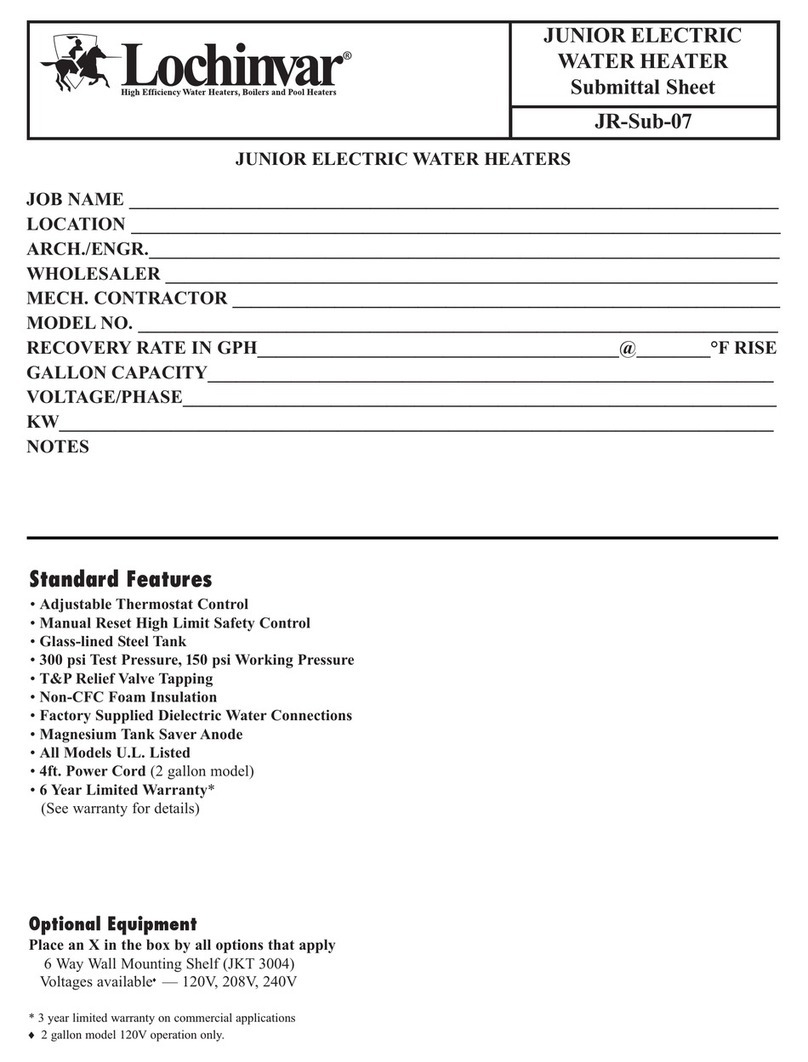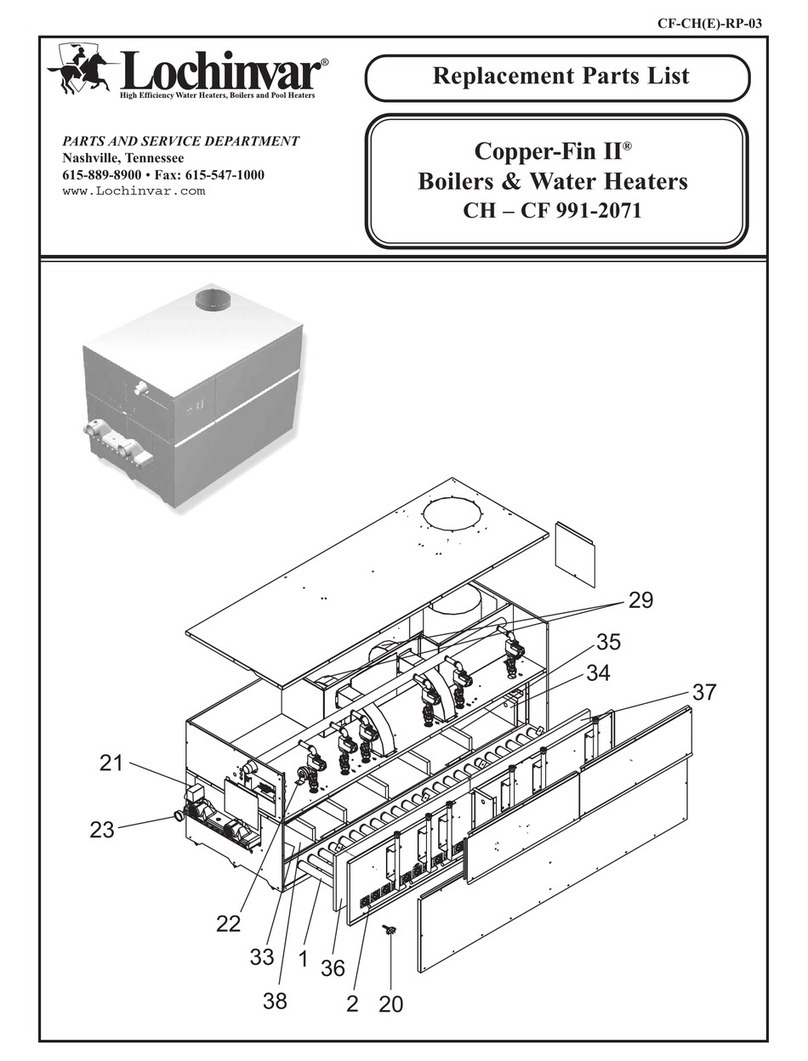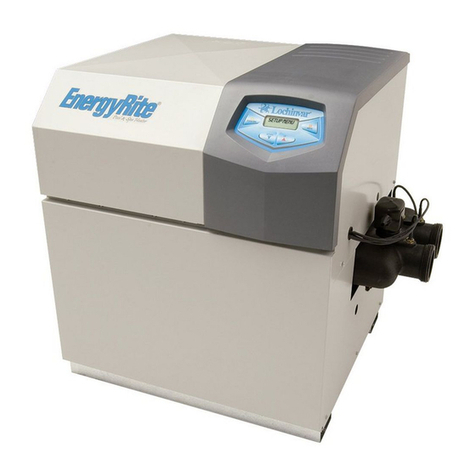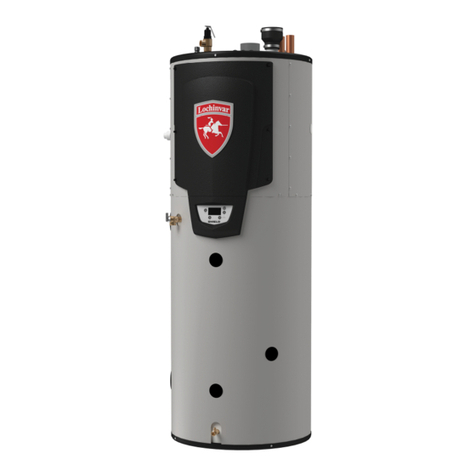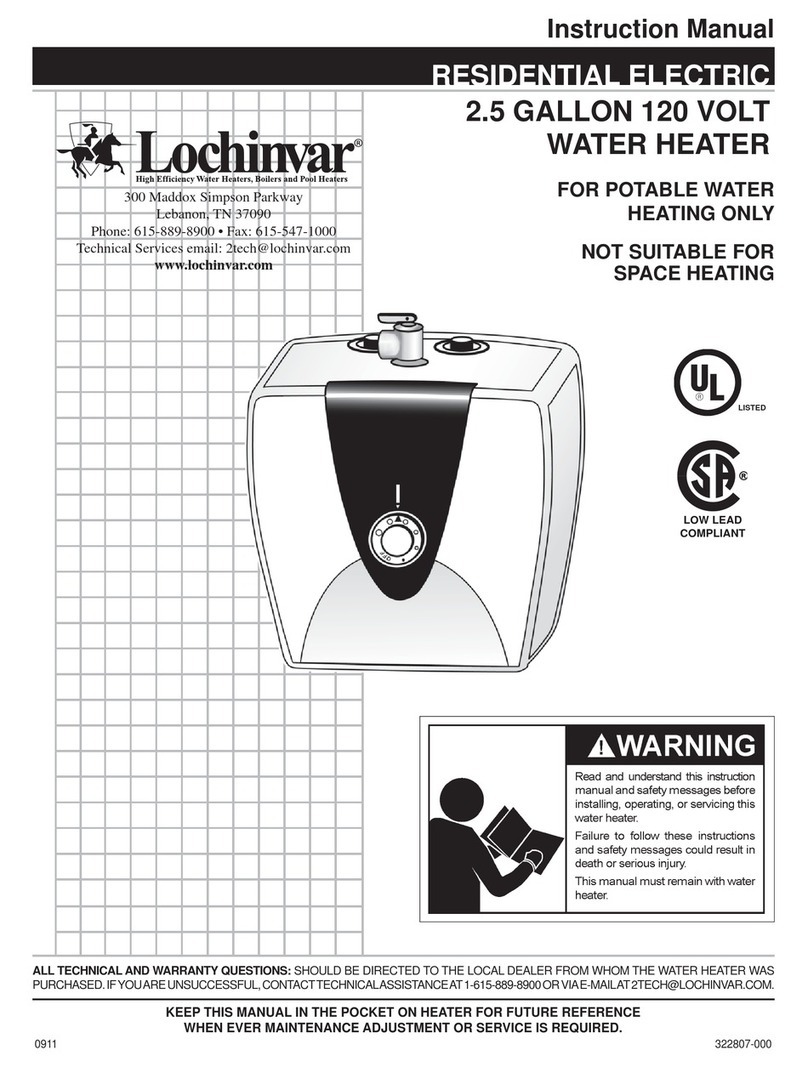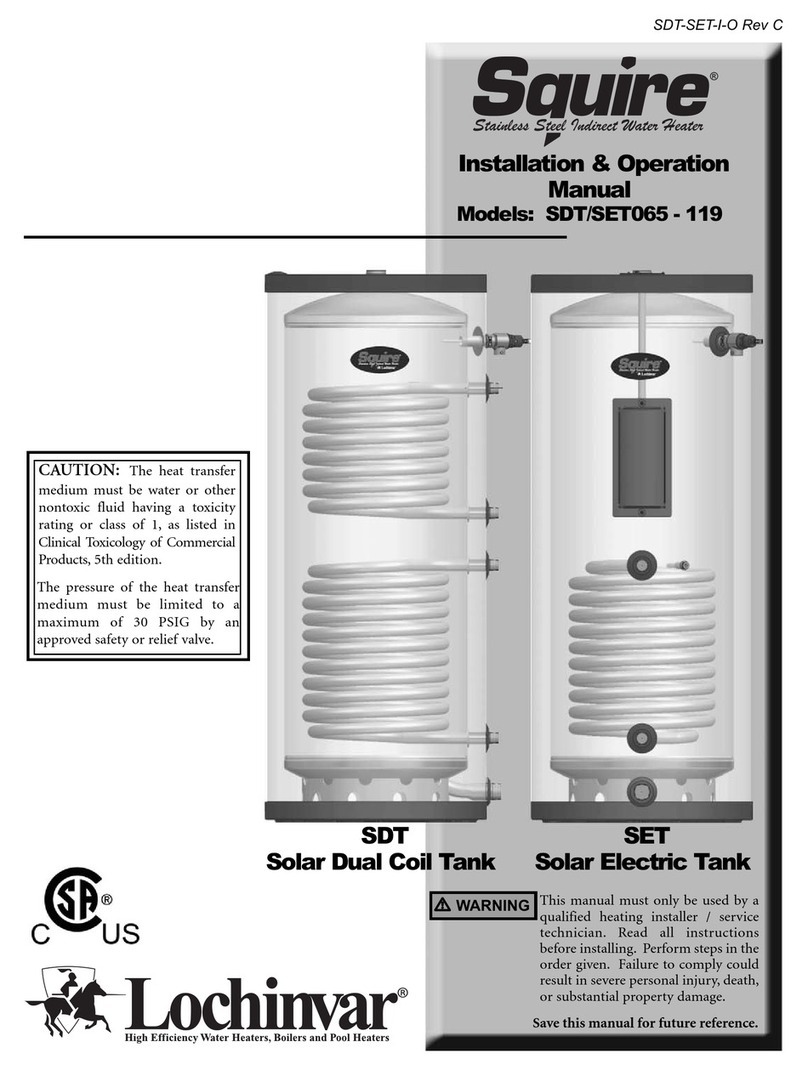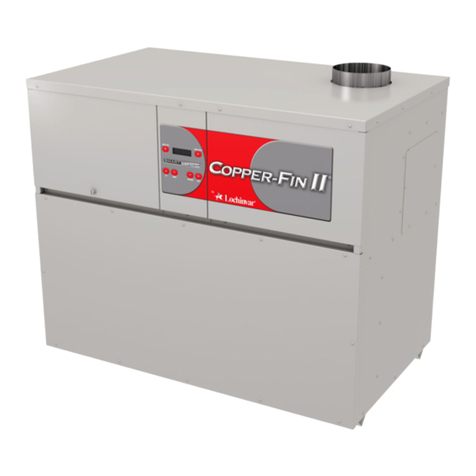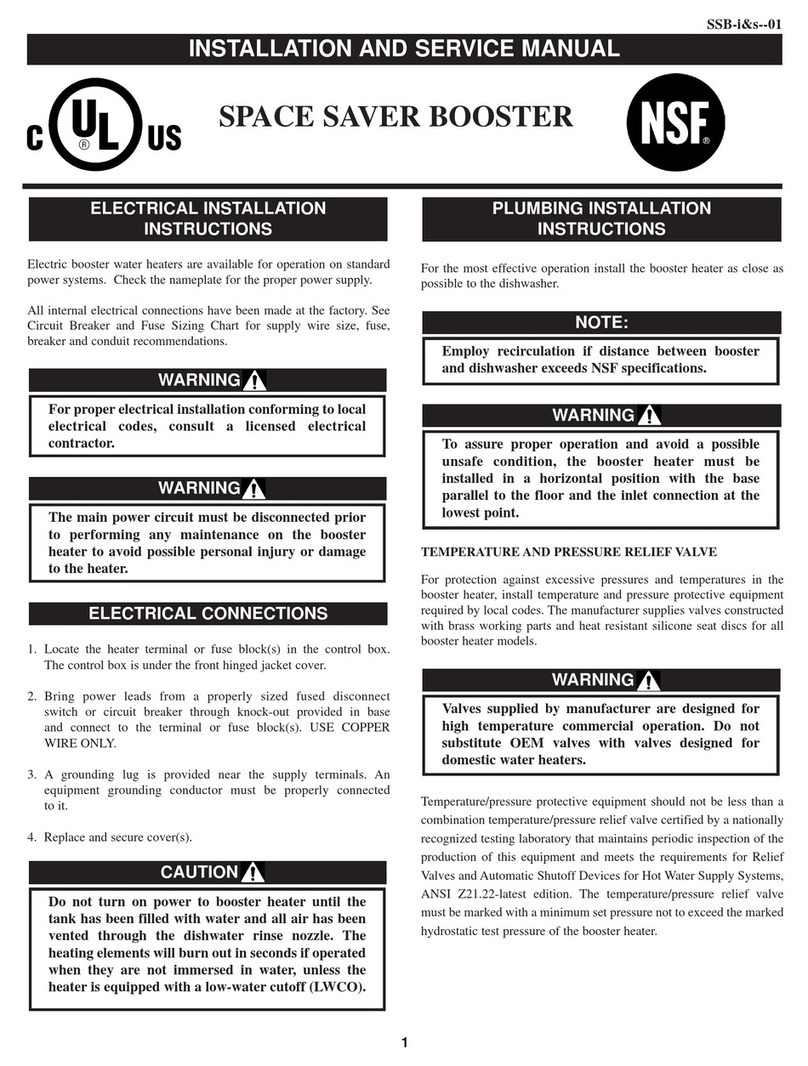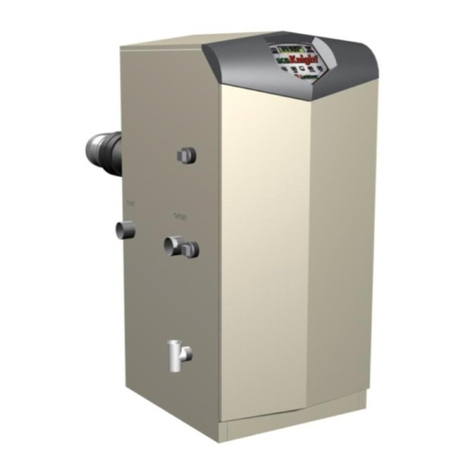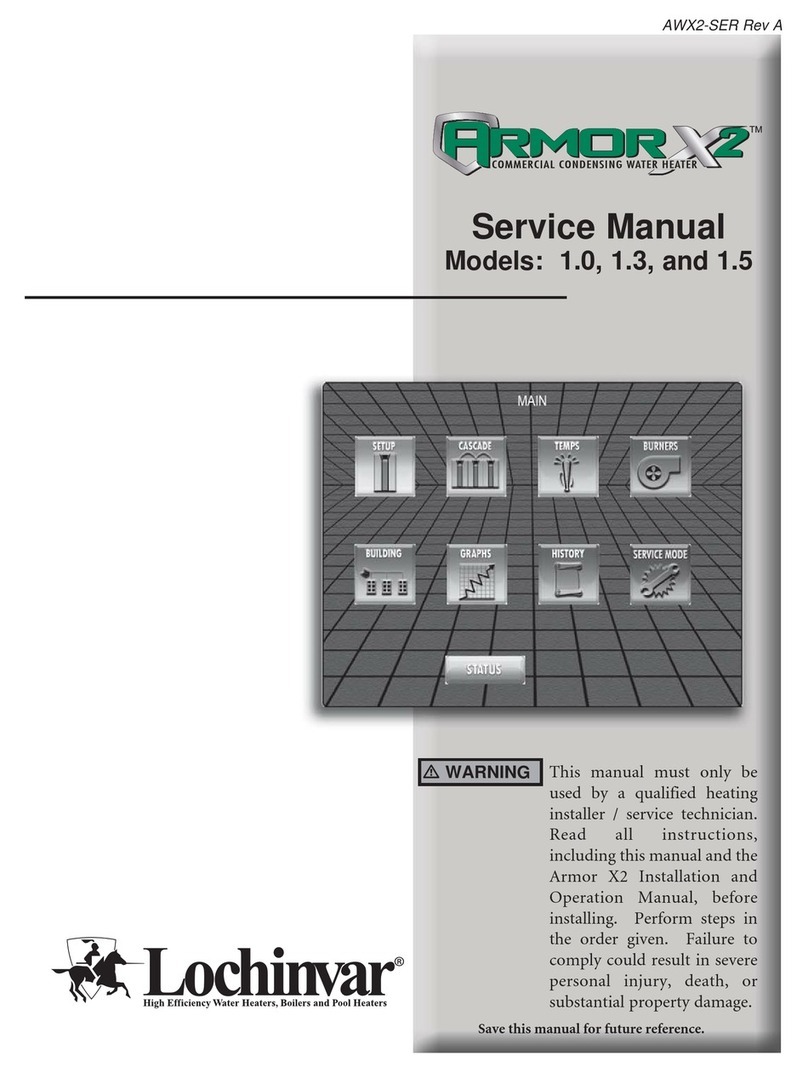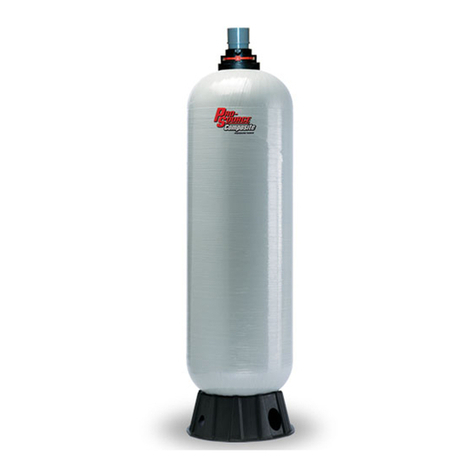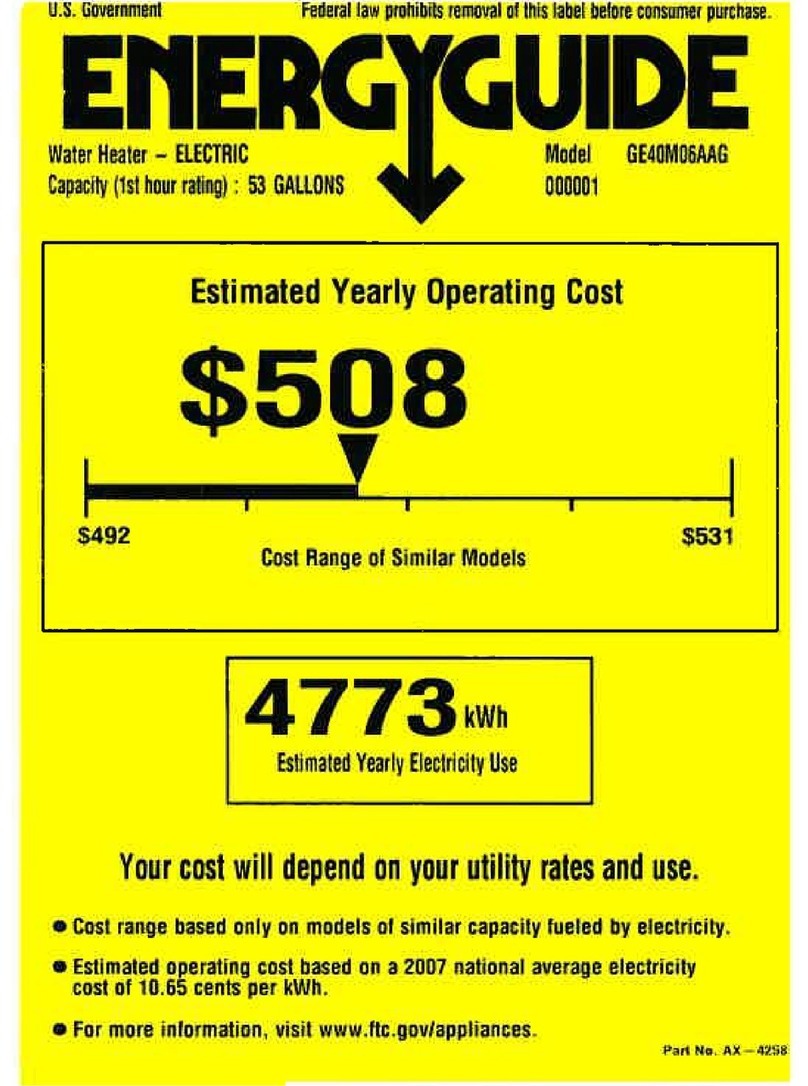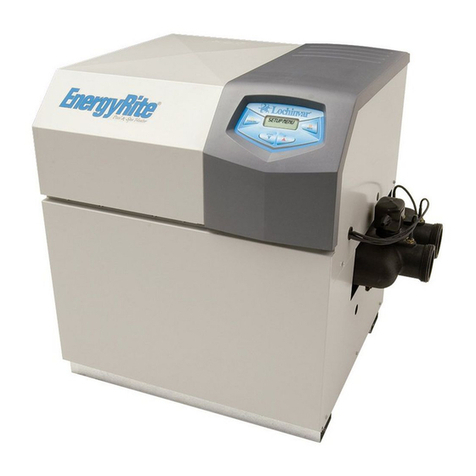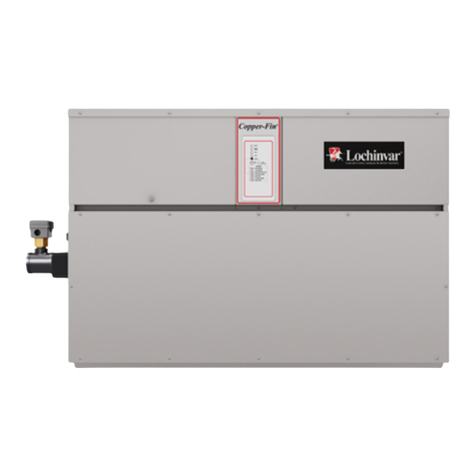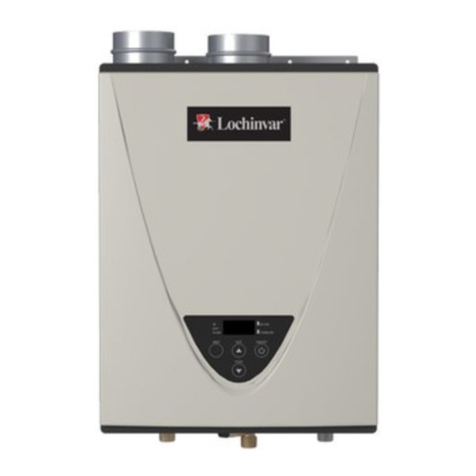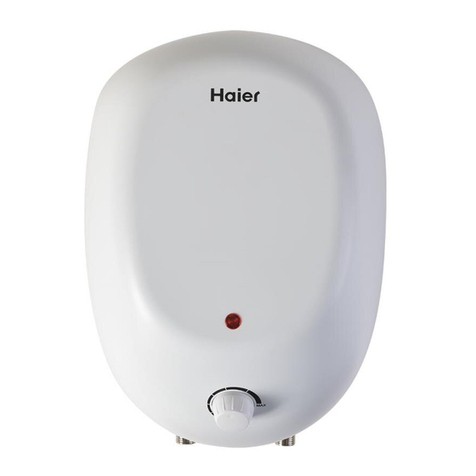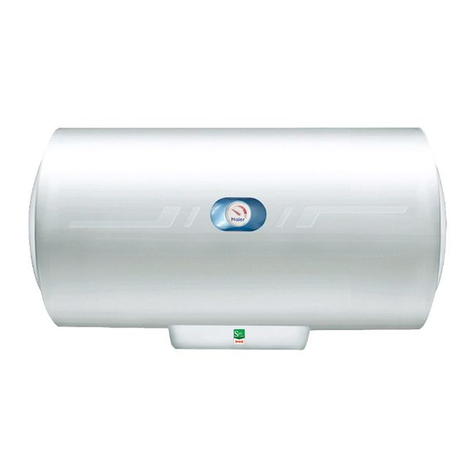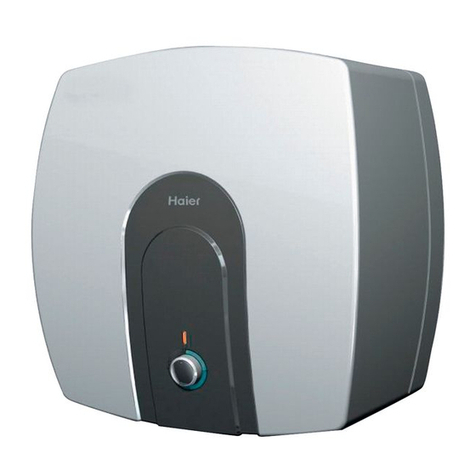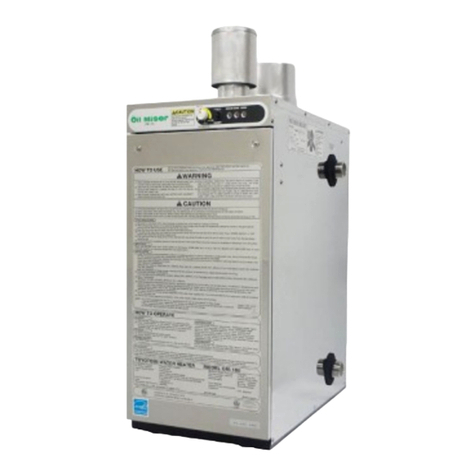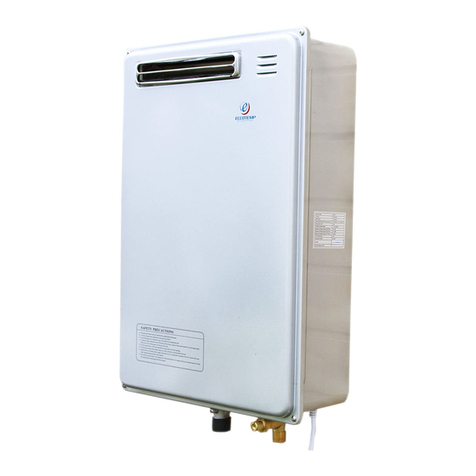
4
SAFE INSTALLATION, USE AND SERVICE............................2
GENERAL SAFETY..................................................................3
TABLE OF CONTENTS............................................................4
INTRODUCTION......................................................................4
Preparing for the New Installation.....................................4
INSTALLATION REQUIREMENTS FOR THE
COMMONWEALTH OF MASSACHUSETTS...........................5
TYPICAL INSTALLATION..................................................... 6-7
LOCATING THE NEW WATER HEATER........................... 8-10
Facts to Consider About Location................................. 8-9
Insulation Blankets............................................................9
Combustion Air and Ventilation for Appliances
Located in Unconfined Spaces.........................................9
Combustion Air and Ventilation for Appliances
Located in Confined Spaces....................................... 9-10
INSTALLING THE WATER HEATER.................................11-21
Water Piping ..............................................................11-12
Temperature-Pressure Relief Valve................................12
Gas Piping ......................................................................13
Sediment Traps...............................................................14
Blower Assembly Installation ..........................................15
Vent Pipe Connection to Blower Assembly.....................16
Venting and Installation............................................. 16-17
LIGHTING & OPERATING LABEL.........................................21
TEMPERATURE REGULATION ............................................22
FOR YOUR INFORMATION...................................................23
Start Up Conditions.........................................................23
Condensate.....................................................................23
Smoke/Odor....................................................................23
Thermal Expansion.........................................................23
Strange Sounds..............................................................23
Operational Conditions ...................................................23
Smelly Water...................................................................23
“Air” in Hot Water Faucets ..............................................23
High Temperature Shut Off System................................23
PERIODIC MAINTENANCE...................................................24
Venting System Inspection..............................................24
Burner Inspection............................................................24
Burner Cleaning..............................................................24
Housekeeping........................................................... 24-25
Anode Rod Inspection.....................................................25
Temperature-Pressure Relief Valve Operation ...............25
Draining...........................................................................25
Drain Valve Washer Replacement............................ 25-26
Service............................................................................26
LEAKAGE CHECKPOINTS....................................................26
REPAIR PARTS......................................................................27
TROUBLESHOOTING ..................................................... 28-30
WARRANTY...........................................................................31
Thank You for purchasing this water heater. Properly installed and
maintained, it should give you years of trouble free service.
Abbreviations Found In This Instruction Manual:
• CSA - Canadian Standards Association
• ANSI -American National Standards Institute
• NFPA - National Fire Protection Association
• ASME -American Society of Mechanical Engineers
• GAMA - Gas Appliance Manufacturer’s Association
• UL - Underwriters Laboratories Inc.
Thisgas-firedwater heaterisdesigncertifiedby Underwriters Laboratories
Inc. under American National Standard/CSA Standard for Gas Water
Heaters ANSI Z21.10.1 • CSA 4.1 (current edition).
PREPARING FOR THE INSTALLATION
1. Read the “General Safety” section, page 3 of this manual first and
then the entire manual carefully. If you don’t follow the safety rules,
the water heater will not operate properly. It could cause DEATH,
SERIOUS BODILY INJURYAND/OR PROPERTY DAMAGE.
This manual contains instructions for the installation, operation,
and maintenance of the gas-fired water heater. It also contains
warnings throughout the manual that you must read and be aware
of. All warnings and all instructions are essential to the proper
operation of the water heater and your safety. Since we cannot put
everything on the first few pages, READ THE ENTIRE MANUAL
BEFORE ATTEMPTING TO INSTALL OR OPERATE THE WATER
HEATER.
2. Theinstallationmustconformwiththeseinstructionsandthe local code
authorityhavingjurisdiction.Intheabsenceoflocalcodes,installations
shall comply with the National Fuel Gas Code ANSI Z223.1/NFPA
54 and the National Electrical Code, NFPA 70. These publications
are available from The National Fire Protection Association, 1
Batterymarch Park, Quincy, MA 02269.
3. Thewater heater when installed must begroundedinaccordancewith
thelocal codes, or inthe absence oflocal codes: In theUnited States,
the National Electrical Code. ANSI/NFPA 70 (current edition).
4. If after reading this manual you have any questions or do not
understand any portion of the instructions, call the local gas utility or
the manufacturer whose name appears on the rating plate.
5. Carefully plan the place where you are going to put the water heater.
Correct combustion, vent action, and vent pipe installation are
very important in preventing death from possible carbon monoxide
poisoning and fires, see Figures 1 and 2.
Examine the location to ensure the water heater complies with the
“Locating the New Water Heater” section in this manual.
6. ForCaliforniainstallation this water heatermustbe braced, anchored,
or strapped to avoid falling or moving during an earthquake. See
instructions for correct installation procedures. Instructions may be
obtained from California Office of the State Architect, 400 P Street,
Sacramento, CA 95814.
7. Massachusetts Code requires this water heater to be installed in
accordancewithMassachusetts248-CMR2.00:StatePlumbing Code
and 248-CMR 5.00. For more information see next page.
8. Complies with SCAQMD rule #1121 and districts having equivalent
NOx requirements.
INTRODUCTION
TABLE OF CONTENTS
